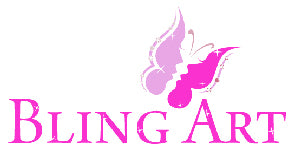Added to cart successfully!
Price :
QTY :
CART TOTALS :
There are items
in your cart
CART TOTALS :
False Nails by Bling Art Red Polished French Manicure Fake Medium Tips with Glue
£9.99 GBP
£7.99 GBP
False Nails by Bling Art Brown Red French Manicure Fake Medium Tips with Glue
£9.99 GBP
£7.99 GBP
False Nails by Bling Art Black Gel French Squoval 24 Fake Medium Acrylic Tips
£9.99 GBP
£7.99 GBP
False Nails by Bling Art Red Gel French Manicure Fake Medium Tips with Glue
£9.99 GBP
£7.99 GBP
False Nails by Bling Art Red Black French Squoval 24 Fake Medium Acrylic Tips
£9.99 GBP
£7.99 GBP
False Nails by Bling Art Silver White French Manicure Fake Medium Tips with Glue
£9.99 GBP
£7.99 GBP
False Nails by Bling Art Red Silver French Manicure Fake Medium Tips with Glue
£9.99 GBP
£7.99 GBP
False Nails by Bling Art Purple Gel French Manicure Fake Medium Tips with Glue
£9.99 GBP
£7.99 GBP
False Nails by Bling Art Silver Gel Ombre French Squoval 24 Fake Medium Tips
£9.99 GBP
£7.99 GBP
False Nails Bling Art White Polished French Squoval 24 Fake Medium Acrylic Tips
£9.99 GBP
£7.99 GBP
False Nails Bling Art Purple Acrylic French Manicure Fake Medium Tips with Glue
£9.99 GBP
£7.99 GBP
False Nails by Bling Art Black Matte French Manicure Fake Medium Tips with Glue
£9.99 GBP
£7.99 GBP
False Nails by Bling Art Grey Glitter French Squoval 24 Fake Medium Acrylic Tips
£9.99 GBP
£7.99 GBP
False Nails by Bling Art Green Purple Chameleon French Squoval 24 Fake Tips
£9.99 GBP
£7.99 GBP
































